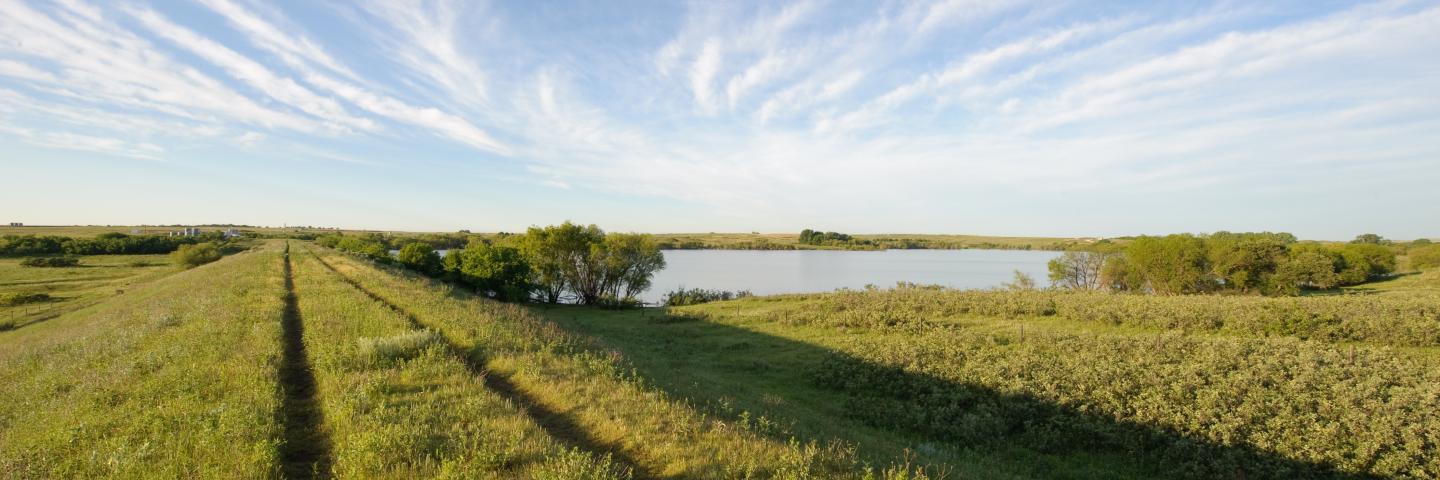USDA Announces Investment in Seven Watershed Infrastructure Projects to Benefit Rural and Historically Underserved Communities in Texas

Agriculture Secretary Tom Vilsack announced the U.S. Department of Agriculture (USDA) will invest $420 million in 132 infrastructure projects in 31 states, including more than $9.23 million investment in seven projects in Texas.
Temple, Texas, April 22, 2022 – Agriculture Secretary Tom Vilsack announced the U.S. Department of Agriculture (USDA) will invest $420 million in 132 infrastructure projects in 31 states, including more than $9.23 million investment in seven projects in Texas. including rehabilitating dams, flood prevention, and watershed restoration projects. These projects include rehabilitating dams, flood prevention, and watershed restoration projects, and they are part of the Biden-Harris Administration’s implementation of the Bipartisan Infrastructure Law (BIL), building on a $166 million nationwide investment announced earlier this year.
“The Bipartisan Infrastructure Law is a once-in-a-generation opportunity to rebuild our infrastructure, create good-paying jobs and build new economic opportunity here in Texas,” said Kristy Oates, State Conservationist for USDA’s Natural Resources Conservation Service (NRCS). “Our watershed programs help communities rebuild after natural disasters and prepare for future events. These projects exemplify why this historic investment in our watersheds was needed and the adeptness of our agency to act swiftly.”
Today’s infrastructure announcement includes funding through two programs: the Watershed and Flood Prevention Operations (WFPO) Program provides technical and financial assistance for new watershed infrastructure, and the Watershed Rehabilitation Program (REHAB) upgrades existing NRCS dams.
There were no WFPO projects in Texas which focus on new infrastructure.
REHAB project in Texas focuses on repairing existing infrastructure, and they include:
Comal River 4 – TX21
Comal 4 dam serves the surrounding community of Comal County, Texas and is currently classified as a high hazard potential dam based on the risk of loss of life downstream in the event of a breach. Funds will be used to bring the dam to NRCS and state design safety criteria and performance standards,
Upper Cibolo Creek 2 – TX21
Upper Cibolo Creek 2 dam provides flood damage reduction to Kendall County, Texas. Now classified as a high hazard potential dam due to development downstream, funds will be used to bring the dam to meet current NRCS and state design safety criteria and performance standards.
Big Sandy 26 – TX13
Big Sandy 26 provides flood damage reduction to Alvord, Texas in Wise County. Now classified as a high hazard potential dam due to development downstream, funds will be used to bring the dam to meet current NRCS and state design safety criteria and performance standards.
Plum Creek Site 21 – TX27
Funds will be used to extend the service life of the dam, rehabilitate the dam to current NRCS design safety and performance criteria and provide flood damage reduction downstream.
Upper San Marcos Site 4 & 5 – TX21
The Upper San Marcos structures No. 4 and 5, were designed and constructed as high hazard potential dams providing flood prevention as well as water-based recreation facilities. Due to the recent updates from the NOAA Atlas 14, the increase in projected
rainfall data and the proximity to the city of San Marcos, it is anticipated that structures downstream of the dam will be inundated. Sponsors and responsible officials have applied under the Watershed Rehabilitation program to rehabilitate this dam to comply with dam safety regulations.
Escondido Site 1, 4, & 12 – TX15
Escondido Creek Watershed #1, 4 & 12 were designed and constructed as low hazard dams with the single purpose of flood prevention. The dams do not meet current dam design and safety requirements. Breach studies indicate that homes, businesses, and infrastructure are at risk in the event of a catastrophic breach. The potential risk to loss of life, due to a dam breach, supports action to rehabilitate the dams to meet current performance and safety standards. The dams and appurtenances exhibit several deficiencies that could be upgraded to meet current safety and performance standards through the rehabilitation program.
Upper Bush Creek 29 – TX31
Upper Brushy Creek Watershed Floodwater Retarding Dam No. 29 was designed and constructed as a low hazard dam for flood prevention. Breach studies indicate that at least one resident, three county roads and State Highway 95 are at risk from a catastrophic breach of FRS No.29.
In total, NRCS received $918 million of BIL funding to allocate through its watershed programs. In addition to WFPO and REHAB, this includes funds for Emergency Watershed Program (EWP) to help communities recover from natural disasters. NRCS will continue to assist communities as it receives disaster requests.
A full list of projects is available on NRCS’ Bipartisan Infrastructure Law webpage.
How Communities Can Get Help
NRCS encourages communities to engage with their local project sponsors, participate in developing a sound conservation plan that serves to protect and preserve local watersheds, and connect with their local NRCS office to learn more about Watershed Program assistance.
More Information
Since 1948, NRCS’ watershed programs have designed and built 11,850 dams, constructed water storage structures, flood management systems, stabilized streambanks, relocated residences, redirected stream flows, re-established wildlife habitat and more to save lives and protect watersheds.

